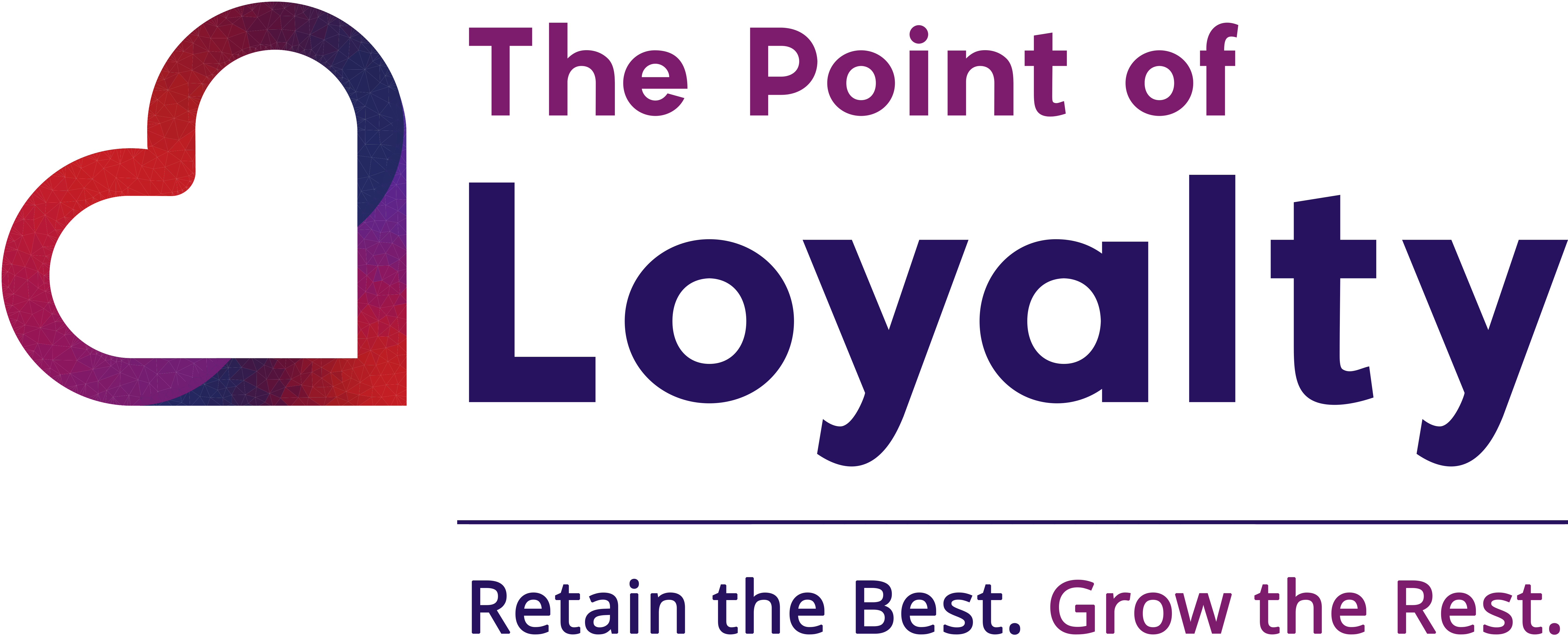Let’s be friends, not lovers!
What is breakage?
Where loyalty programs offer their members a currency of collection and redemption such as points or provide rewards with value attributed (eg gift cards or vouchers), the value of their non-redemption is known as breakage.
Breakage occurs when:
- points or rewards earned expire due to time-based limits or member inactivity
- members forget about them
- members leave programs
- members change their spending habits (brand/service offering is no longer relevant)
- members pass away (sadly).
A high breakage might seem better for the financials of a program in the short-term (reward liability is removed), however it does impact financial performance in the long term. A high breakage over the longer term is a symptom of unengaged members.
“Breakage looks better in the short-term, however it is proven in the long term to be bad for the financial performance of the program”
Stuart Melim – Loyalty Program Finance Specialist, New World Loyalty
The lower the breakage, the more likely members are engaged with the programs.
They are actively earning (behaving the way the program is motivating them to). They are actively redeeming their earned points/ rewards.
Breakage is arguably one of the most sensitive tension points in loyalty program management and profitability.
The financial team of a loyalty program love breakage….”it’s free money”.
The marketing team and members do not.
It’s time to break up with breakage.
Breakage is an indifferent way of making a program more profitable.
Waiting for rewards to expire without regular and proactive reminders or creating unrealistic expiry timeframes to force more expiry, is not in the true spirit and essence of why a loyalty program is established.
Why are loyalty programs, in most cases, developed? Goals I see include (not limited to):
- Increase retention of customers (best and most valuable)
- Increase revenue through increased incremental spend
- Increase revenue through increasing frequency of purchase
- Increase lifetime value of customers
- Increase referrals or advocacy
- Engage a community of brand fans
- Build a data asset of known customer behaviour to drive personalised and relevant communications
I am yet to see a goal - “to ensure we have the highest possible breakage of rewards”.
Yes, program profitability is critical.
Yes, some breakage will happen anyway such as members leaving the program, the brand’s product or service is no longer relevant in the life of the member and the member sadly passes away.
Breakage for those reasons is not 100% controllable.
However, I believe the profitability of programs should focus on being pro-active with the controllable elements that motivate revenue using the mechanisms that programs provide:
- A known and contactable member base
- The program proposition and the rewards members earn and redeem
- The data and insights for relevant action
Let’s celebrate redemption (not wish it does not happen)
It might sound naïve and financially ignorant however, I contest the focus should be to maximise member engagement by motivating members to redeem the benefits earned and drive breakage as low as possible - proactively.
Shifting the focus to reward redemption is why program benefits with a financial lever are set up in the first instance – to motivate members to change purchase behaviour
- Spend incrementally more than current behaviour
- Drive an extra visit (purchase frequency)
- Retain members within the ecosystem
- Recognise and reward members for their loyalty by ensuring they engage with the program
A recent article by Mckinsey offers the following ways to improve redemption:
- Make redemption simple and facilitate the process
- Give customers more options to redeem points/rewards, such as donating their points to a charity or on a wider catalogue of redemption offers/products
- Enhance loyalty programs with special features, challenges, bonuses, and games to increase earning. The more members earn, the more opportunity for redemption
- Remind customers (repeatedly) of their point (reward) balances with targeted communications
- Introduce points-plus-pay options to facilitate access to more or big-ticket rewards
“A good program can use multiple breakage reminders to push members toward some sort of engagement – a new partner, a low points redemption”
Stuart Melim – Loyalty Program Finance Specialist, New World Loyalty
Love redemption. Breakup with breakage.
If you are about optimising member engagement with your program over the short and long-term and profitability over the longer term, then push proactively for redemption.
If you are more about program profitability in the short-term with breakage playing a key role, perhaps it’s time to rethink why the loyalty program was set up in the first instance.
Have a happy loyalty day!
(Image courtesy of unsplash.com kelly-sikkema-E8H76nY1v6Q-unsplash)

